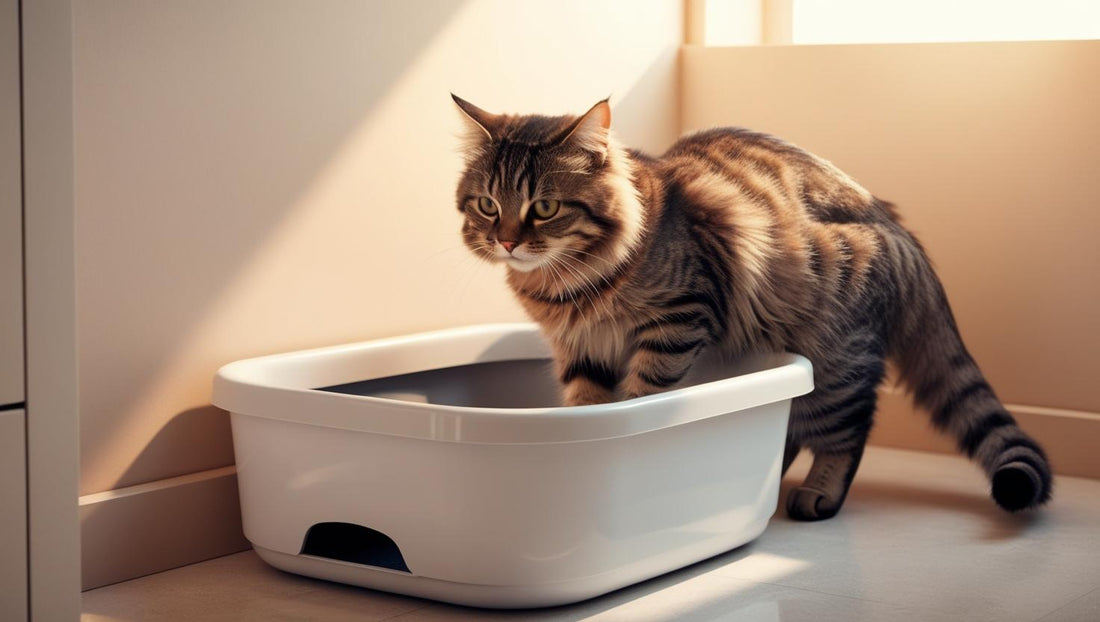
How to Get Your Cat to Use a New Litter Box? Tips for a Smooth Transition
Share
Cats are creatures of habit, and a sudden change in their bathroom setup can cause confusion, frustration, and sometimes, even rebellion. But fear not! With a little patience and the right approach, you can make the transition smooth and stress-free.
Why Cats Might Resist a New Litter Box
Change in texture: A different type of litter or the feel of a new box can be off-putting.
Location: If the new box is in an unfamiliar or noisy place, your cat might feel uneasy.
Size or shape: A box that's too small or has an unusual shape can be uncomfortable.
Previous negative experiences: If your cat had a bad experience with a litter box in the past, they may be hesitant to try a new one.
Tips for a Smooth Transition
Gradual Introduction: Don't replace the old box immediately. Place the new one next to it and let your cat explore at their own pace.
Familiarize with the Scent: Add a small amount of used litter from the old box to the new one to make it more familiar.
Choose the Right Location: Place the box in a quiet, private area away from food and water bowls.
Consider Your Cat's Preferences: Some cats prefer covered boxes, while others like open ones. Observe your cat's behavior to determine their preference.
Cleanliness is Key: Keep the new litter box clean to encourage its use.
Patience is a Virtue: It may take some time for your cat to adjust to the new litter box. Be patient and avoid scolding them if they have an accident.
Cat-Approved Litter Box Designs
Covered litter boxes: Offer privacy and help contain litter.
Open litter boxes: Provide easy access and a more natural feel.
High-sided litter boxes: Prevent litter from being kicked out.
Extra-large litter boxes: Ideal for multiple cats or large breeds.
Additional Tips:
Observe your cat's behavior: Pay attention to signs of stress or discomfort.
Consult with your vet: If your cat continues to have problems with the litter box, consult your veterinarian.
Positive reinforcement: Reward your cat with treats or praise when they use the new litter box.Remember, every cat is different. What works for one cat may not work for another. By understanding your cat's unique needs and preferences, you can create a litter box environment that they'll love.
Like CattyKasa litter box, it is made of durable, scratch-resistant stainless steel, making it easy to clean and antibacterial. Featuring advanced air purification, it reduces odors by 30% within an hour and neutralizes harmful gases for a healthier home.
By following these tips and choosing the right litter box, you can help your feline friend feel comfortable and confident using their new bathroom.
